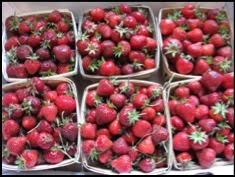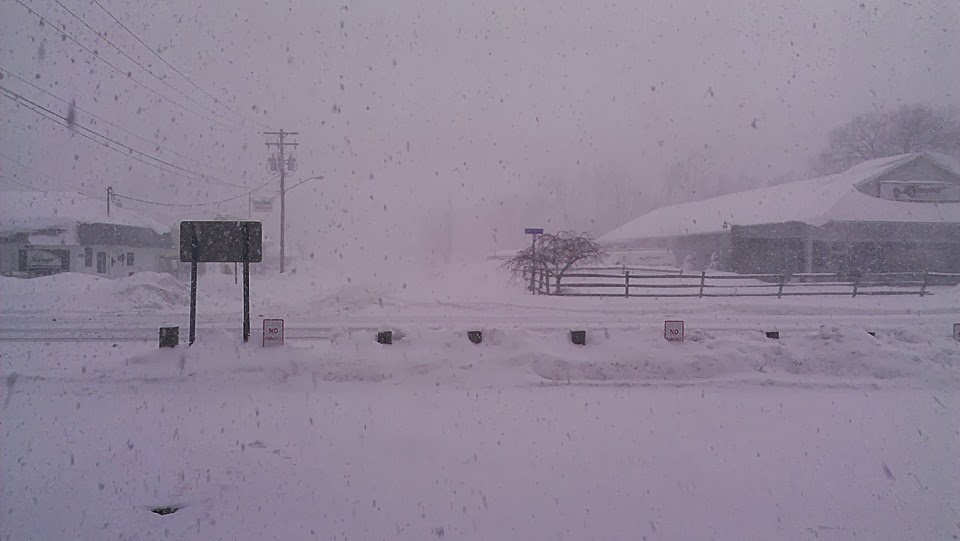It's the time of year where all you want to do at the end of the day is sit down with a steaming mug of hot cocoa and a darn good book to read. Perhaps you imagine yourself in an oversize snuggie, or maybe cuddling with your cute, fluffy, semi-evil cat. Where ever your imagination takes you, it should be a mission of yours' to keep this recipe in mind.
Pumpkin-y Goodness Cocoa Full of Yummy-ness and Sunshine
Serves 1
Ingredients
-2 tbsp. pumpkin
-3/4 cup soymilk, cowmilk, or whatever milk you like
-2 tsp. cocoa
-3-4 drops liquid stevia (you can use 3 tsp. of sugar in place of stevia)
-1 tsp. molasses
-a dash of nutmeg
Heat up milk in a saucepan. Add remaining ingredients and heat through. Pour into your favorite mug and enjoy.
And this one! Don't forget this recipe!
This is my favorite recipe in the whole wide-world for when company comes over. It is soooo tasty and it tricks my friends and family into eating more good-for-you garlic than what they know!
Go to your local farmers' market and stock up on winter veggie staples like potatoes, onions, garlic, and squash for this recipe.
Roasted Winter Veggies
Serves 8 to 10
-5 to 6 cups chopped potatoes, red. yellow, purple, fingerling, whatever
-3 large carrots
-2 large yellow onions
-1 large red onion
-1 to 2 bulbs garlic
-5 to 6 large beets
-2 to 3 delicata squash (the small yellow squash with green stripes)
-1/3 cup olive oil
-1/3 cup balsamic vinegar
-2 tbsp. dried Italian herbs
-salt and pepper, to taste
Preheat oven to 400 degrees F. Chop everything up to around the same size and place into a large, preferably glass baking dish. Pour olive oil and vinegar on top and toss to coat. Sprinkle herbs, salt, and pepper, to taste. Place in oven and set timer for 15 minutes. After timer goes off, stir veggies and place back in for another 15 minutes. Repeat 2 to 3 times until veggies are tender.






























